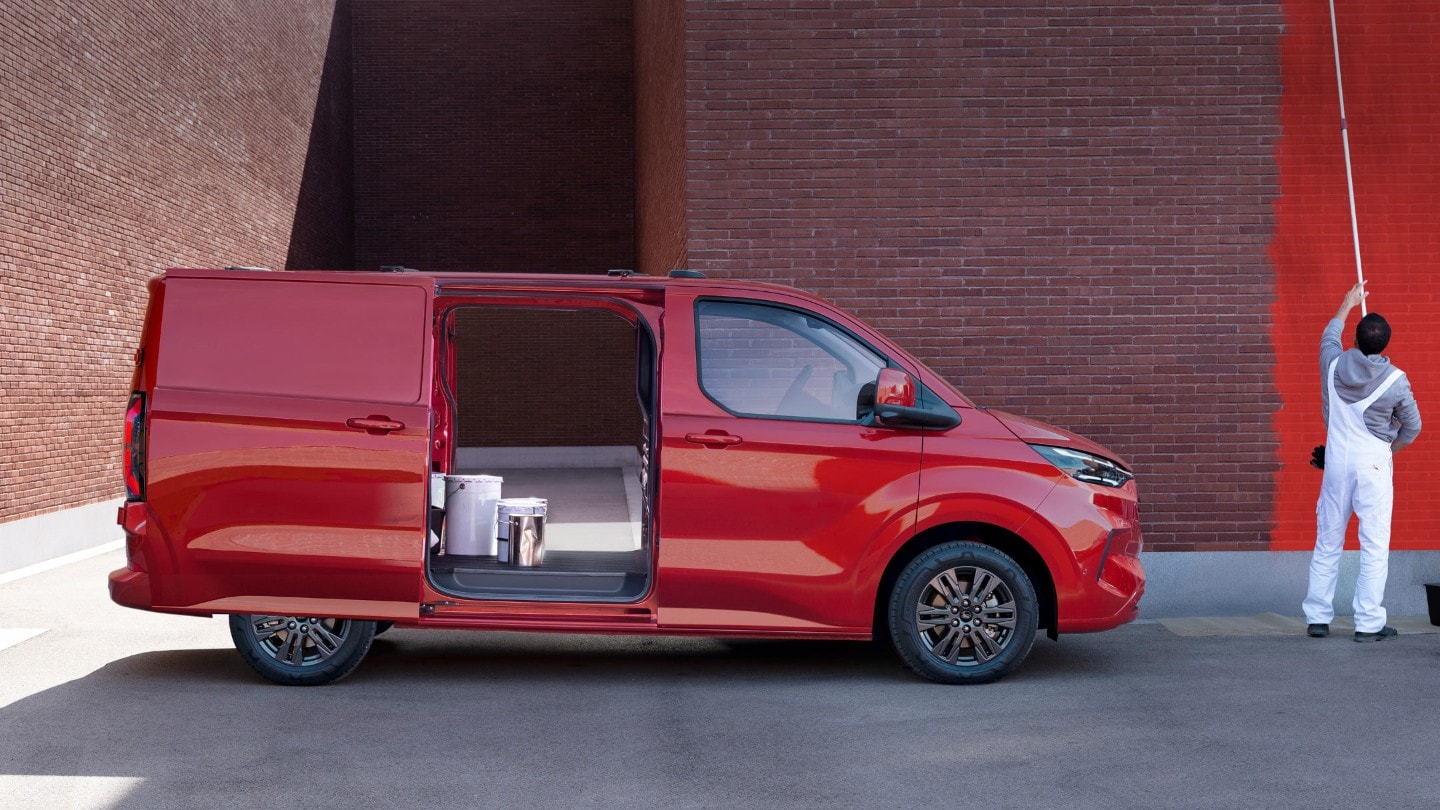Managing cash flow effectively is crucial for the success and growth of any business with vehicle leasing an extremely useful tool for tracking costs. Unlike purchasing, leasing offers predictable monthly payments, which can significantly aid in budgeting and financial planning. In this blog post, we examine how vehicle leasing can be used as a cash flow management tool and the strategies businesses can adopt to maximise its benefits.
Understanding Vehicle Leasing
Vehicle leasing involves renting vehicles for a specified period, typically ranging from one to four years. Businesses make regular monthly payments for the duration of the lease, after which they can return the vehicle, extend the lease, or lease a new vehicle. This arrangement contrasts with purchasing, where the business owns the vehicle outright after paying the full purchase price.
Predictable Monthly Payments
One of the most significant advantages of leasing is the predictability of monthly payments. When a business leases a vehicle, the lease agreement stipulates fixed monthly payments, which include the cost of the vehicle, depreciation, and often maintenance and servicing. This predictability allows businesses to budget more accurately and avoid unexpected expenses.
Benefits of Predictable Payments
- Budgeting and Forecasting: Fixed monthly payments make it easier for businesses to plan their finances. Knowing exactly how much will be spent on vehicle expenses each month helps in creating accurate budgets and financial forecasts.
- Cost Control: With leasing, businesses can avoid the large upfront costs associated with purchasing vehicles. This helps in preserving cash reserves for other critical business operations or investments.
- Tax Benefits: In many cases, lease payments can be deducted as a business expense, reducing the overall taxable income. This can lead to significant tax savings, further improving cash flow.
Strategies for Using Leasing to Improve Cash Flow
-
Leasing Multiple Vehicles
For businesses that require a fleet of vehicles, leasing can be an efficient way to manage costs. Instead of tying up large amounts of capital in vehicle purchases, leasing allows businesses to spread the cost over time. This approach not only improves cash flow but also provides flexibility to upgrade to newer models as needed.
-
Opting for Maintenance-Inclusive Leases
Many leasing agreements offer packages that include maintenance and servicing. This can eliminate unexpected repair costs and provide further financial predictability. Businesses should consider these packages to avoid the hassle and cost of maintaining vehicles.
-
Choosing the Right Lease Term
Selecting an appropriate lease term is crucial. Short-term leases may offer more flexibility, but longer-term leases often come with lower monthly payments. Businesses should assess their needs and financial projections to choose a lease term that aligns with their cash flow strategy.
-
Leveraging Seasonal Leases
Some businesses experience seasonal variations in demand. For such businesses, seasonal leases can be an excellent tool. These leases allow businesses to lease vehicles only for the peak seasons, avoiding unnecessary costs during off-peak periods.

Consider an example; ‘Swift Deliveries’, a medium-sized delivery company facing the challenge of managing its fleet costs while expanding its services. Instead of purchasing a fleet of vehicles outright, ‘Swift Deliveries’ chose to lease its fleet, opting for a maintenance-inclusive lease over a three-year term.
Predictable Monthly Expenses
By choosing a maintenance-inclusive lease, ‘Swift Deliveries’ could predict its monthly expenses with precision. This financial predictability is crucial for the company, as it allows them to allocate their budget more effectively. Without the burden of large, unexpected repair bills, the company is able to streamline its financial planning processes. This stability enables them to focus on strategic areas such as marketing and business expansion.
Reallocation of Funds
With the money saved from avoiding large upfront costs and unpredictable maintenance expenses, ‘Swift Deliveries’ can redirect funds to critical growth areas. They invest in robust marketing campaigns to increase brand visibility and customer acquisition. Additionally, they could expand their service range to include same-day deliveries, a move that significantly boosted their competitive edge.
Tax Benefits
Moreover, the tax benefits associated with leasing provides further financial advantages. Lease payments are deductible as business expenses, which reduced the company’s taxable income. These savings could be reinvested into the business, enhancing cash flow and enabling further expansion and innovation.
Growth and Profitability
The strategic decision to lease rather than purchase vehicles could play a significant role in ‘Swift Deliveries’ potential growth. The predictable costs and tax benefits improve their cash flow, while the ability to reallocate funds could support their expansion efforts. Over three years, the company has greater potential to expand its fleet but also increase its market share and profitability.
Vehicle leasing is a powerful tool for managing cash flow in businesses. The predictability of monthly payments, coupled with the flexibility and potential tax benefits, makes leasing an attractive option for many enterprises. By adopting the strategies outlined above, businesses can optimise their cash flow, reduce financial stress, and focus on growth and innovation.
Leasing as a cash flow management tool is not just a smart financial strategy—it’s a pathway to sustained business success. For more information on how leasing can benefit your business, contact us at lease@gorentals.ie today and explore our comprehensive leasing options.
